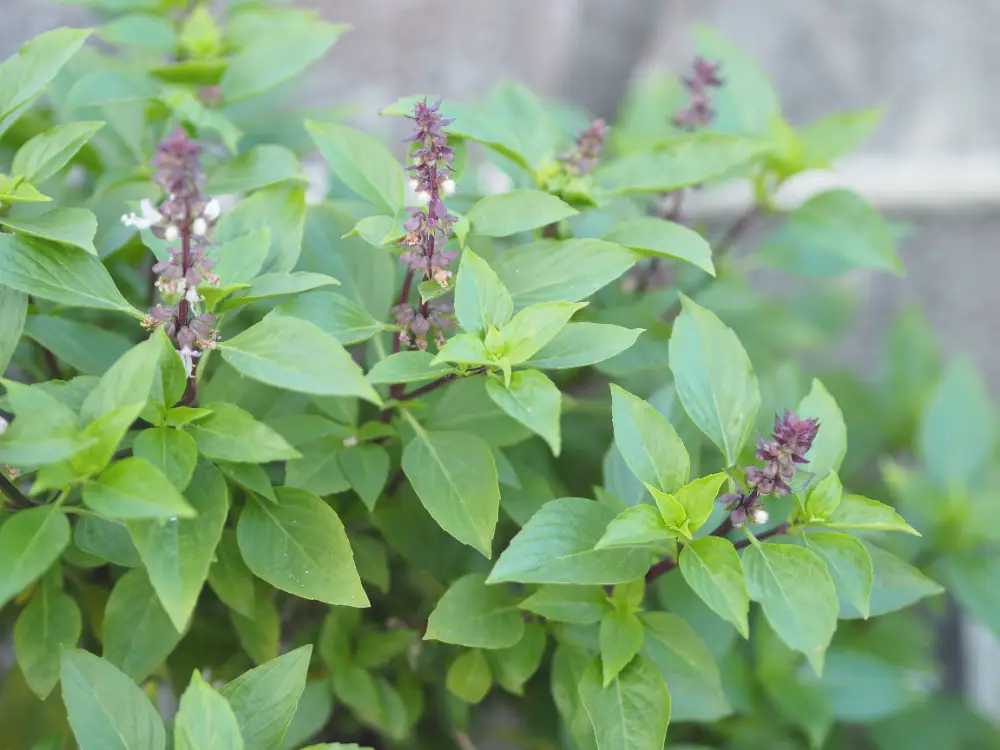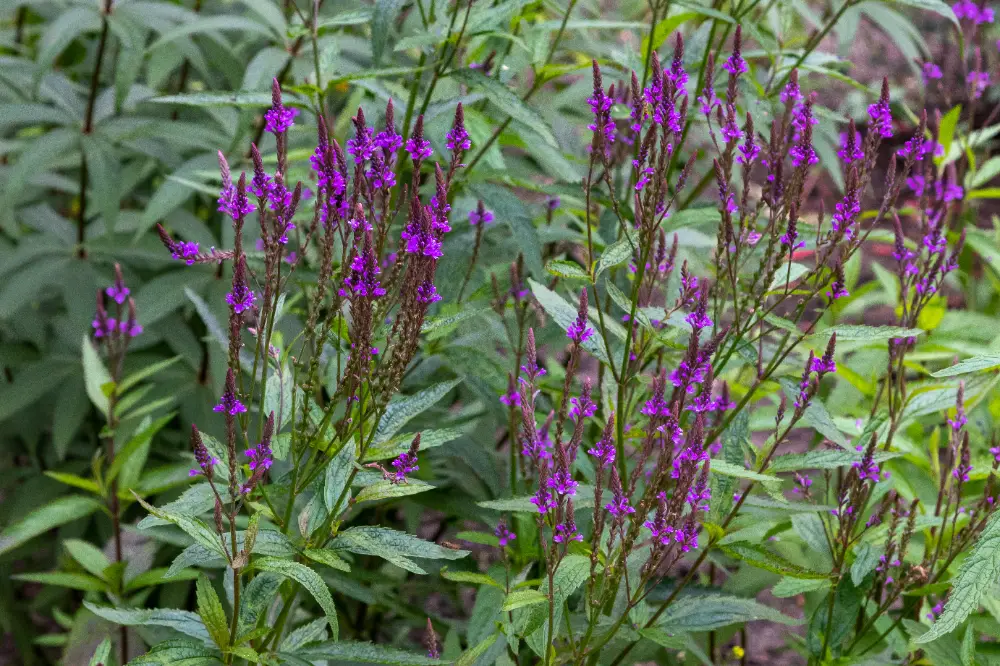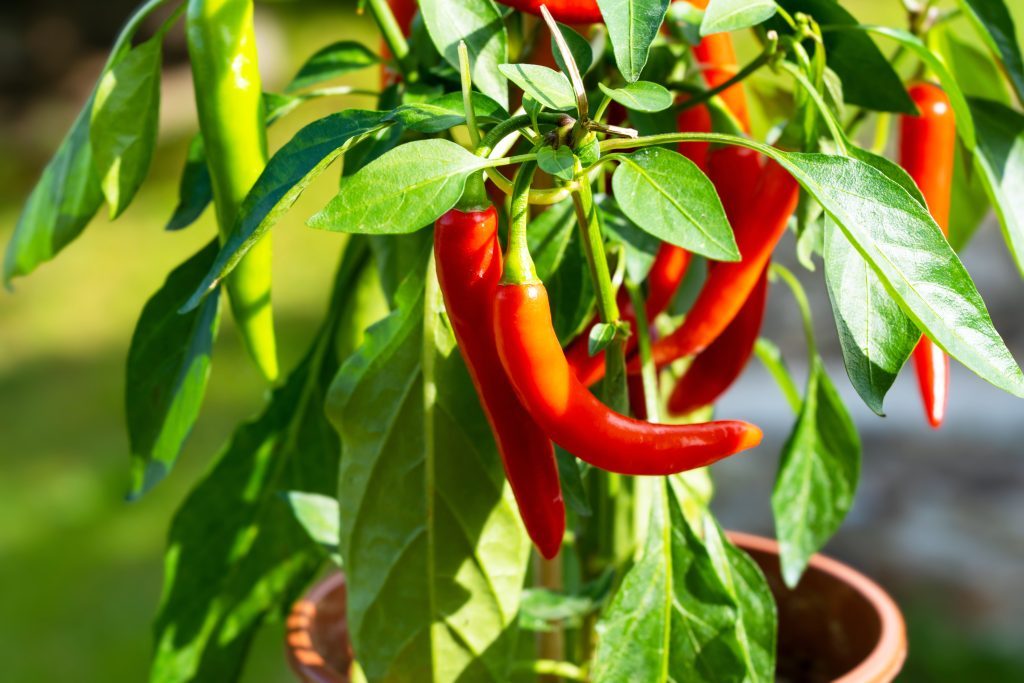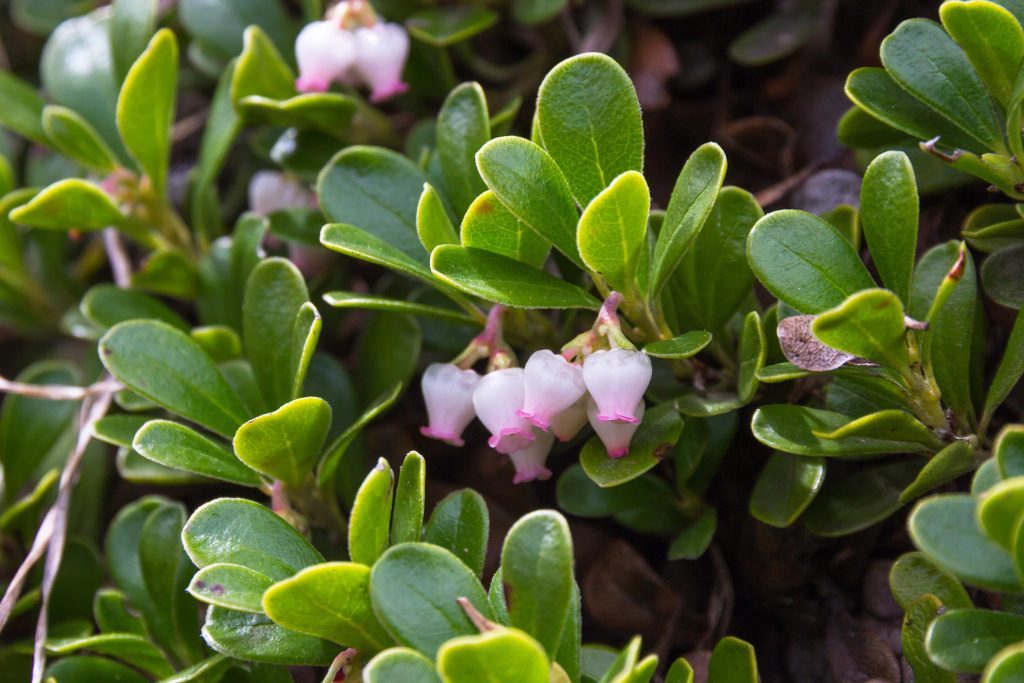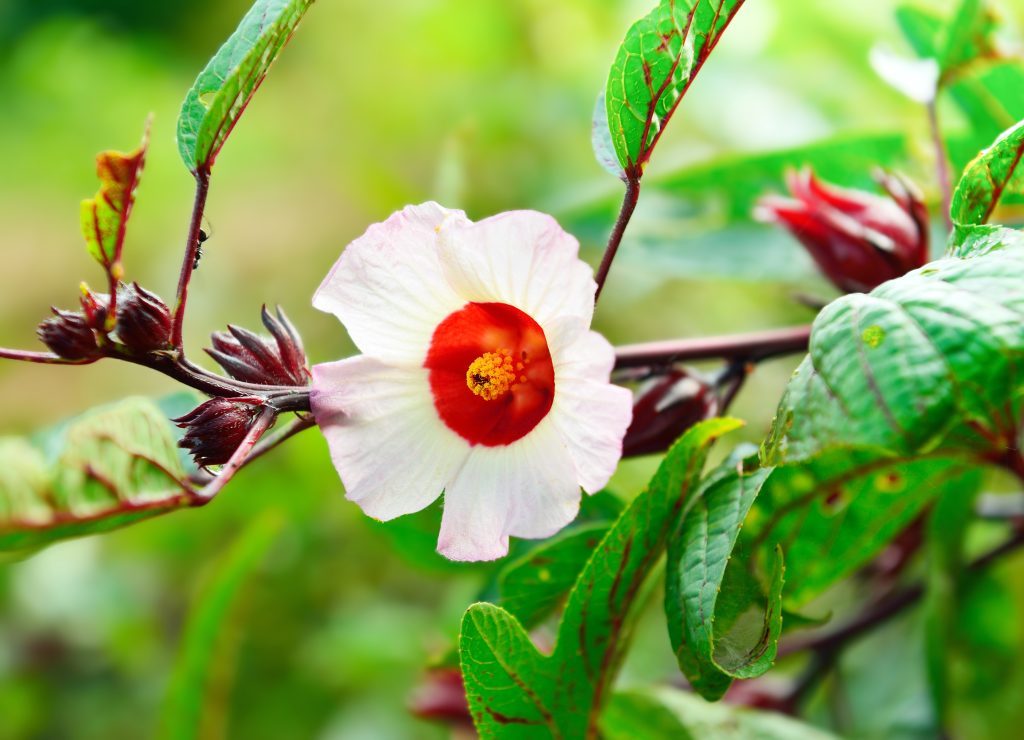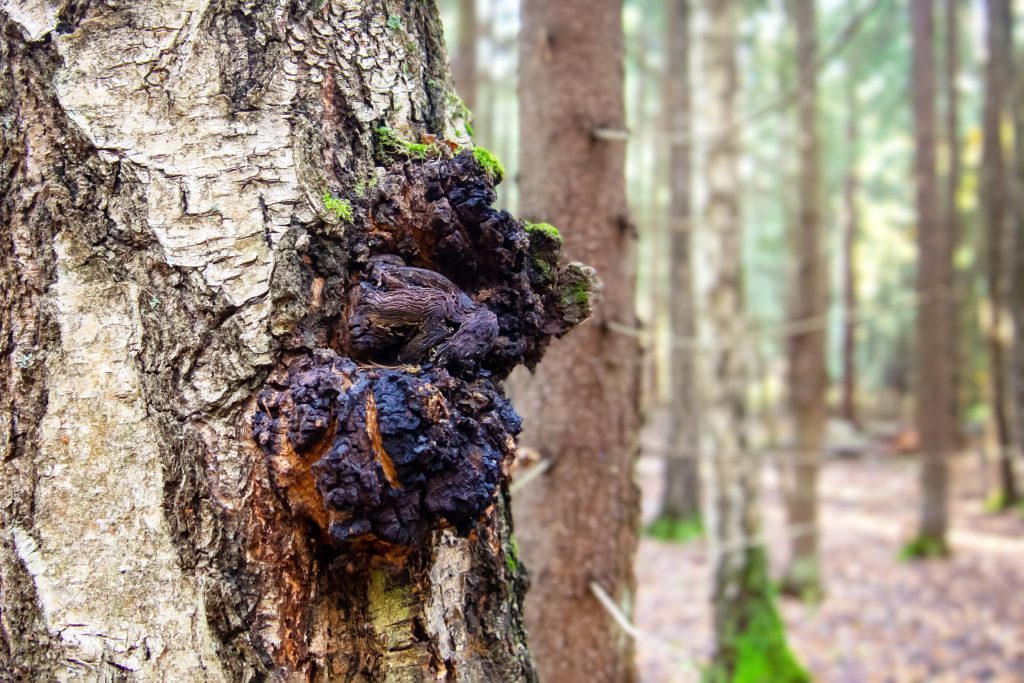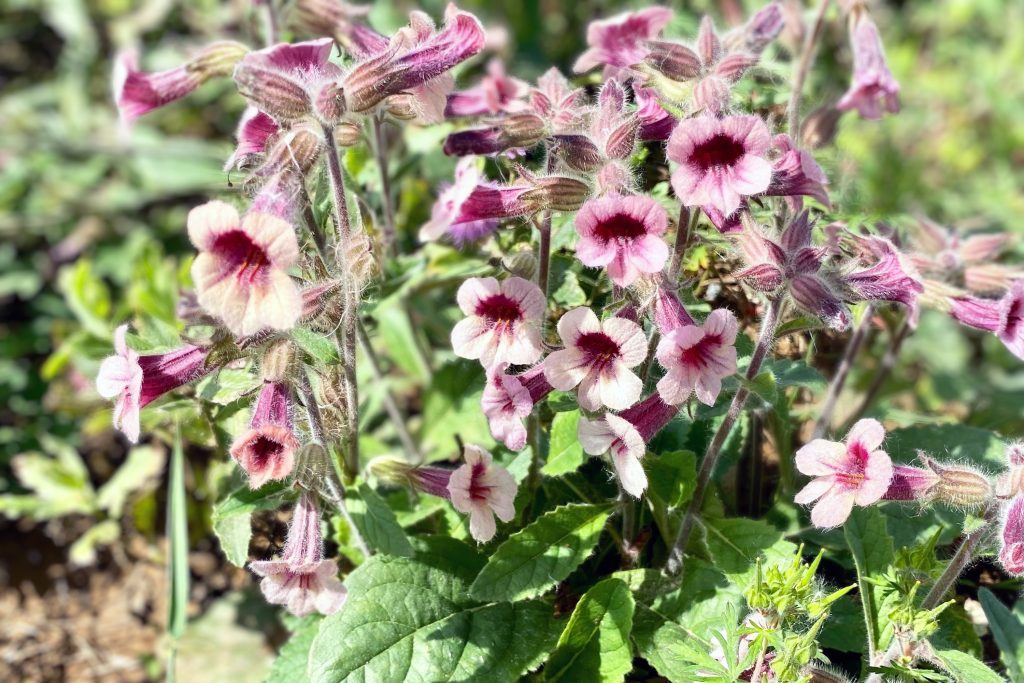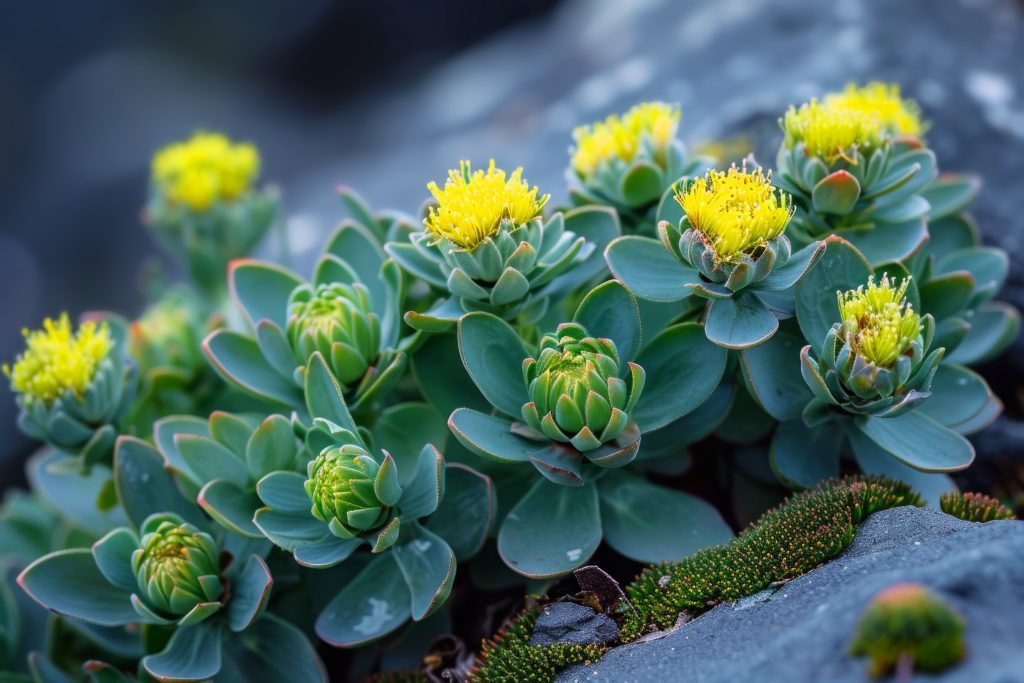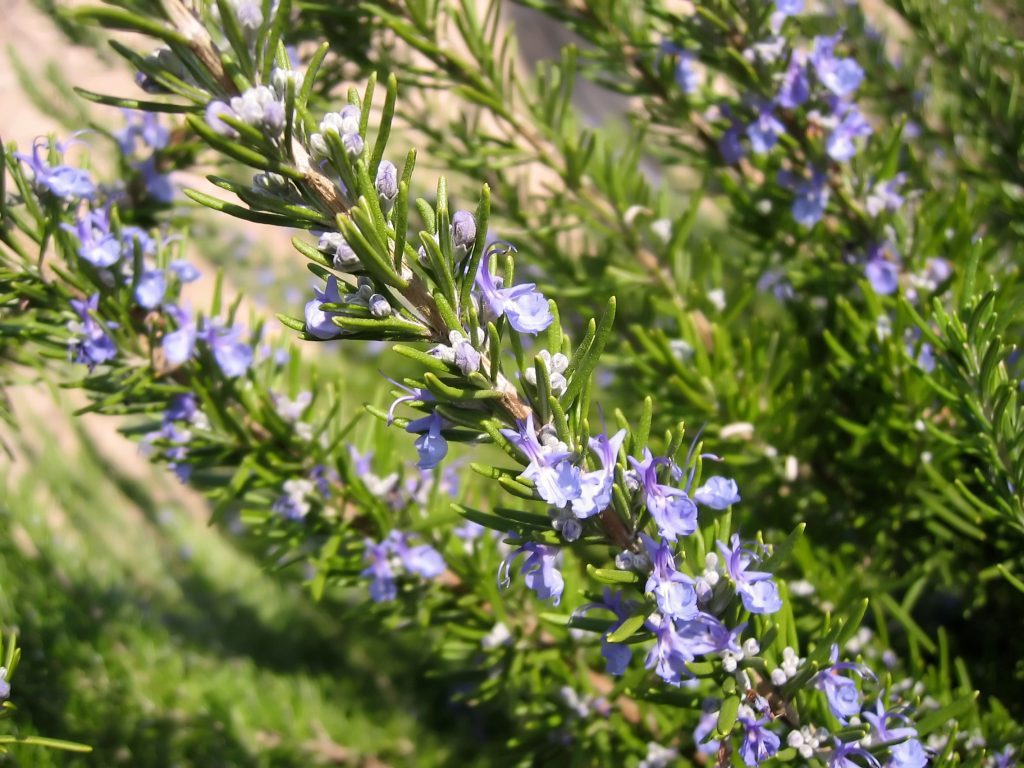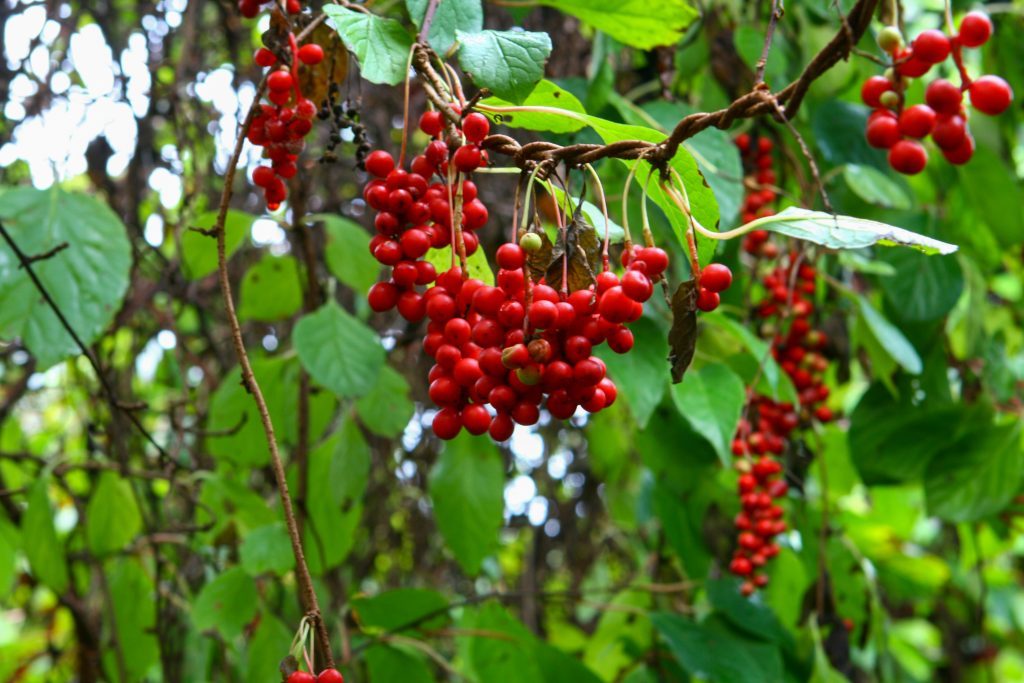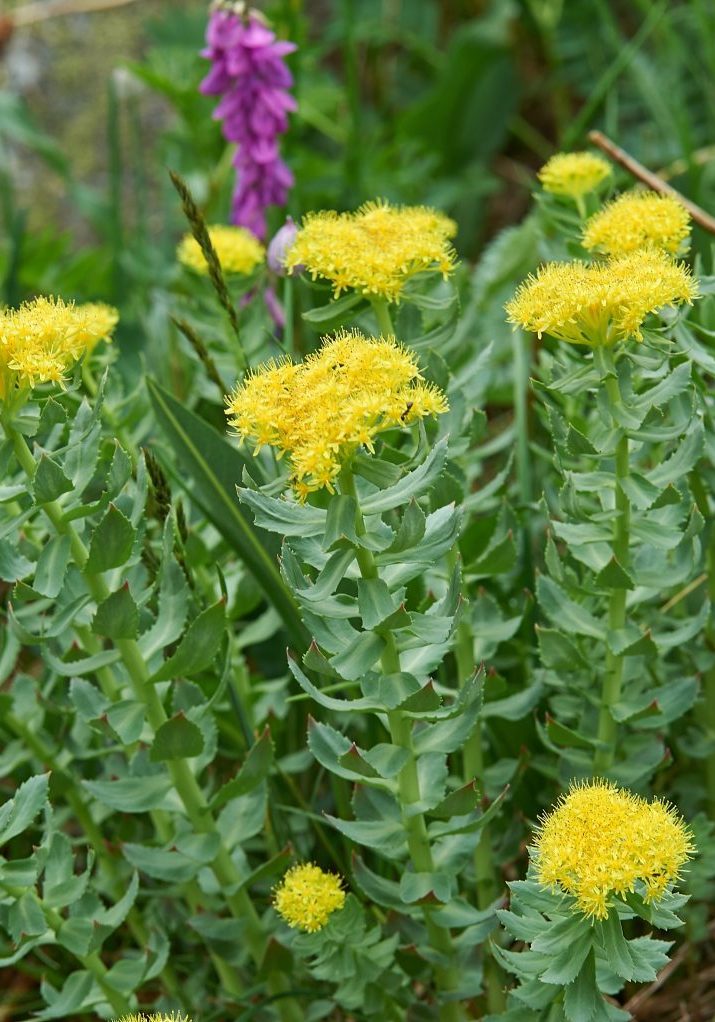
Rhodiola rosea
Rhodiola rosea
The Arctic Root for Stress Relief, Mood Balance, and Cognitive Enhancement
Other names:
Golden Root, Arctic Root, Roseroot, King’s Crown.
Superpower
The Stress-Balancer and Cognitive Enhancer with the ability to reduce stress, boost mood, and enhance cognitive function.
Uses
For centuries, Rhodiola rosea has been used by Siberian, Scandinavian, and Viking cultures to increase endurance, boost stamina, and fight fatigue in harsh climates. The root was chewed by warriors before battle to improve mental focus and strength, and it was given to those living in cold, stressful environments to maintain vitality.
Current Uses:
- Stress Relief: Rhodiola rosea is widely used today for its ability to help the body adapt to stress by modulating cortisol levels, which can reduce anxiety, fatigue, and emotional exhaustion.
- Cognitive Function: Known to improve memory, focus, and mental clarity, Rhodiola is often used to enhance cognitive performance, especially under stress or during periods of intense mental activity.
- Physical Endurance: Athletes and those engaged in physically demanding activities use Rhodiola rosea to improve endurance, reduce fatigue, and speed up recovery by enhancing oxygen utilization and reducing oxidative stress.
- Mood Balance: Rhodiola rosea’s antidepressant-like effects help improve mood and emotional balance by boosting serotonin and dopamine levels, making it valuable for managing mild depression or seasonal affective disorder.
- Immune Support: Rhodiola is also used to support the immune system, helping the body to resist infection and recover more quickly from illness by reducing stress-induced immune suppression.
Cautions
Toxicity:
Rhodiola rosea is generally considered safe when taken at appropriate doses. However, high doses can cause side effects such as insomnia, irritability, and restlessness, especially in sensitive individuals or those who are overstimulated by adaptogens.
Contraindications:
Bipolar Disorder: Rhodiola may cause increased excitability or mania in individuals with bipolar disorder, especially during manic phases.
Pregnancy and Breastfeeding: There is insufficient research on the safety of Rhodiola during pregnancy and breastfeeding, so it is best to avoid its use during these periods unless directed by a healthcare provider.
Interactions:
Rhodiola rosea may interact with stimulants and medications that influence the nervous system, as it can enhance energy and alertness. It may also affect blood pressure and should be used cautiously alongside blood pressure medications. Additionally, consult a healthcare provider if taking antidepressants or other medications that influence serotonin levels, as Rhodiola can affect serotonin and dopamine pathways.
Known Chemical Constituents
Rosavins: Includes rosavin, rosarin, and rosin—key compounds responsible for Rhodiola’s adaptogenic and stress-reducing properties.
Salidroside: Known for its neuroprotective and antioxidant benefits, helping reduce fatigue and improve mental clarity.
Tyrosol & p-Tyrosol: Antioxidants that support cognitive function and cellular health by reducing oxidative stress.
Phenolic Compounds: Includes rodionin, caffeic acid, and chlorogenic acid, which provide anti-inflammatory and antioxidant properties.
Fragrant Monoterpenes: Geraniol, a compound contributing to the plant’s aromatic profile and therapeutic effects.
Flavonoids: Contribute to Rhodiola’s antioxidant and immune-supporting properties.
Tannins: Provide astringent qualities, supporting digestive health and tissue repair.
Botanical Description
Habitat: Rhodiola rosea is native to cold, mountainous regions in Siberia, Scandinavia, and North America, where it grows in rocky, well-drained soils at high altitudes. It thrives in arctic and alpine climates, making it highly adaptable to harsh, cold environments.
Leaves: The leaves are fleshy, succulent, and grow in a spiral pattern around the stem. They are oval-shaped and have a pale greenish-blue tint, which helps the plant conserve water in dry, cold environments.
Stems: The stems are upright, woody, and can grow up to 30 cm (12 inches) tall. They are sturdy, supporting the plant in its rocky habitat.
Flowers: The flowers are small and yellow-green, blooming in tight clusters at the top of the stems. Rhodiola rosea blooms in late spring to early summer, attracting pollinators with its slightly aromatic scent.
Roots: The roots are thick, woody, and have a distinct rose-like fragrance when cut. The root system is the primary part used in herbal medicine, containing rosavins and salidrosides, which contribute to its adaptogenic properties.
Fun Facts
In Siberia, it was tradition for the men and women to drink Rhodiola tea to increase fertility and ensure the birth of healthy children. It was also said that Siberians who regularly drank Rhodiola tea lived to over 100 years despite the harsh cold climates they endured.
Parts Used
Root
Harvest
Timing: Rhodiola rosea is best harvested in the late summer, once it has fully matured. The plant must be at least 4–5 years old to ensure the roots contain the maximum levels of medicinal compounds, including rosavins and salidroside.
Method: Harvesting involves carefully digging around the plant’s base to expose the roots. Once the roots are harvested, they should be thoroughly washed and prepared for drying. It’s important to allow younger plants to continue growing to ensure sustainability.
Storage: After cleaning, the roots should be dried in a cool, shaded, and well-ventilated area. Once dried, store the roots in airtight containers, away from light and moisture. Properly dried roots can retain their potency for up to two years.
Preparations
Teas/Infusions: Rhodiola rosea is often prepared as a tea or infusion to support stress relief, mental clarity, and energy. Drinking the tea daily is especially useful for those experiencing fatigue or emotional exhaustion.
Tinctures: Rhodiola tincture is a potent way to deliver its adaptogenic benefits. Taken in tincture form, it helps with mood regulation, improving stamina, and reducing anxiety.
Capsules: For convenience, Rhodiola rosea is also available in capsules, providing easy access to its energy-boosting and stress-relieving effects for daily use, particularly in high-stress situations.
Powder: The powdered root can be added to smoothies or warm drinks, offering a natural way to support cognitive function and enhance physical endurance.
Sacred Rituals
Brew a cup of Rhodiola rosea tea and sit comfortably in a quiet space with your hands wrapped around the warm cup. As you breathe in the aroma, focus on your intention to clear mental fog and strengthen your emotional resilience.
Affirmations
“I embrace clarity, strength, and peace in every moment.”
Spiritual Associations
Known for thriving in harsh, cold climates, it symbolizes the power to overcome obstacles and adapt to challenging environments.
Functions
A category of adaptogenic herbs that help the body adapt to stress by promoting energy, alertness, and resilience, particularly in response to physical and mental fatigue. These herbs often work by supporting the body’s ability to handle both short-term and long-term stressors, improving stamina, and revitalizing energy levels. They typically stimulate the body’s natural ability to manage stress without overstimulating the nervous system, striking a balance between rejuvenation and relaxation.
AntiarrythmicA substance or agent that helps regulate or stabilize abnormal heart rhythms (arrhythmias), promoting a regular heartbeat.
AntidepressantA substance or agent that helps alleviate symptoms of depression by uplifting mood, reducing anxiety, and supporting emotional balance.
AntioxidantA substance or agent that neutralizes free radicals, preventing oxidative damage to cells and tissues.
AntiviralA substance or agent that inhibits the replication and spread of viruses within the body.
Central Nervous System Stimulant (mild)
A mild central nervous system (CNS) stimulant refers to a substance or agent that gently enhances alertness, focus, and energy without causing significant overstimulation or jitteriness.
Immune StimulantA substance or agent that enhances the activity of the immune system, promoting a stronger defense against infections and illnesses.
LongevityLongevity refers to the duration of an individual’s life, often emphasizing the quality and health span—the period of life spent in good health and free from chronic disease.
Mental ClarityMental clarity refers to a state of clear and focused thinking, free from confusion, mental fatigue, or distraction.
NervineA nervine is a substance that supports the nervous system, promoting relaxation, reducing tension, or restoring balance to nerve function, depending on the herb’s specific properties.
NeuroprotectiveA neuroprotective is a substance or intervention that protects the nervous system, particularly the brain and spinal cord, from damage caused by oxidative stress, inflammation, or neurotoxins.
Physical StaminaPhysical stamina refers to the ability to sustain prolonged physical effort or activity without fatigue, highlighting endurance, strength, and vitality.

